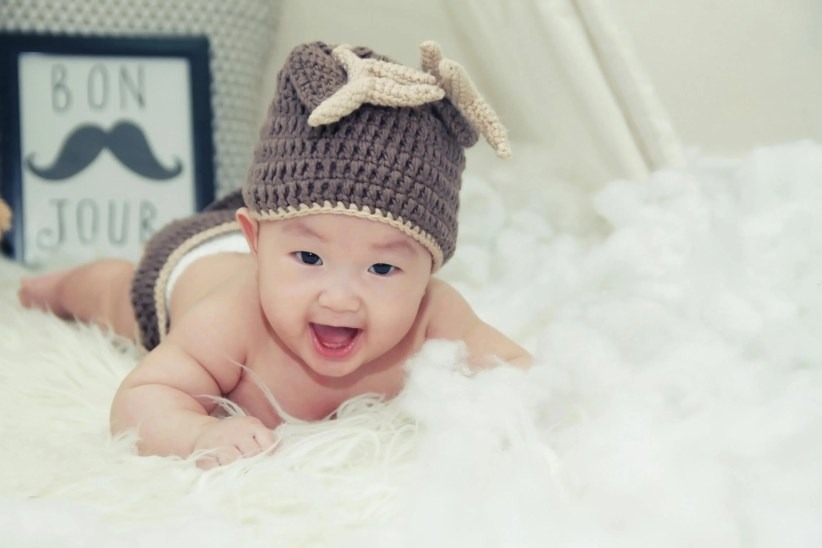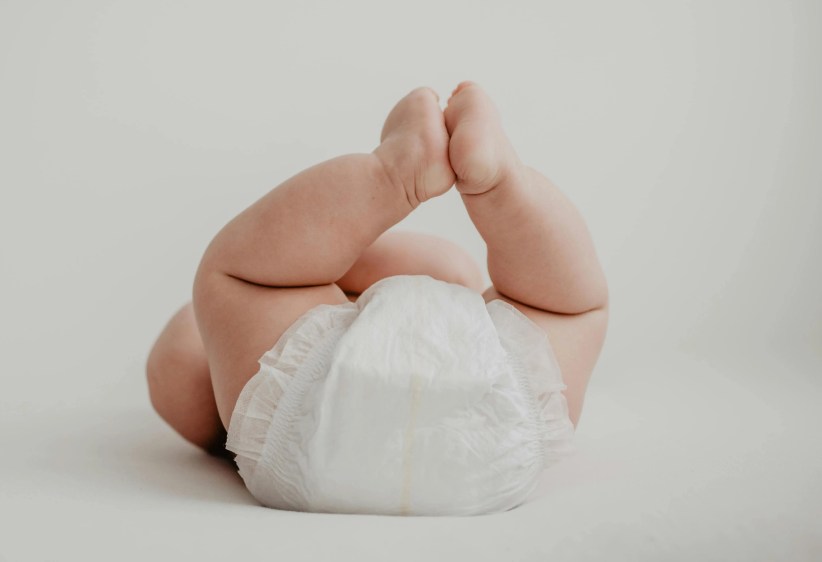As a new mother, I’m concerned about how cold this winter already is. I want to expose my infant to the world and also keep her safe and healthy. So, how cold is too cold? When should I worry about frostbite and my infant?
Cold, dry air can extract moisture out of a baby’s sensitive skin, causing her round rosy cheeks to quickly become leathery and wind burned. Exposing an infant to extremely cold temperatures can be a serious health risk, as infants are more prone to frostbite than adults because they lose heat from their skin faster. It’s important to know the signs of frostbite, its severity, and how to treat your baby.
Frostbite is caused by prolonged exposure to temperatures below 32 degrees Fahrenheit, and occurs in a series of stages. Babies and toddlers should never be outside in wind chills or temperatures of -15 degrees Fahrenheit or colder, because skin exposure can cause damage in just a few minutes. Babies should only be out in the extreme cold for a few minutes at a time at most, and toddlers should only play outside for 20-30 minutes before taking a break.
Remember that it takes infants a lot of calories to maintain body heat in frigid weather, so ensure your baby has been fed recently before taking her outside in the cold. As a general rule, babies and toddlers require one more layer of clothing than adults to protect them from the elements. Dress your baby in many layers—for example undershirt, shirt, sweatshirt, and coat — so that they can be removed one-by-one once inside. While outside, your baby should also be covered with a hat, mittens, warm socks, boots, and a warm coat or snowsuit.
To keep an eye out for frostbite, it is important to pay attention to color changes in the skin. The first stage is frostnip, a mild form of frostbite in which skin turns red and first feels very cold, and then prickly or numb. Frostnip alone does not require medical attention, but should you notice the symptoms on your daughter, be sure to remove wet clothing and wrap your baby in warm blankets. Also warm the affected area as soon as possible by soaking it in warm (not hot) water, and give your baby warm fluids, either by nursing or feeding her a warm bottle. Do not rub or attempt to massage the frostbitten area as it may cause more damage.
The second stage is superficial frostbite, during which redness turns pale yellow or white and may appear hard or waxy. The skin may start to feel slightly warmer, but that is the body compensating for the freezing process. If you notice these symptoms, take her to an emergency room. Additionally, do not warm the affected area unless you can keep it warm, as warming and re-exposure to the cold can worsen the damage.
Severe frostbite reaches further into the skin’s layers of tissue, making the skin appear very hard and cold. It can cause complete numbness in the affected area. If it is very severe, the skin will turn black. If you suspect that severe frostbite has occurred, take your child to a warm area and call 911 immediately.
You can protect your infant from the dangers of extreme winter weather, but try to stay indoors during drastically cold temperatures and make any trips outside as brief as possible.
Pramod Narula, MD is the Chairman of the Department of Pediatrics at
NewYork-Presbyterian Brooklyn Methodist Hospital.

















